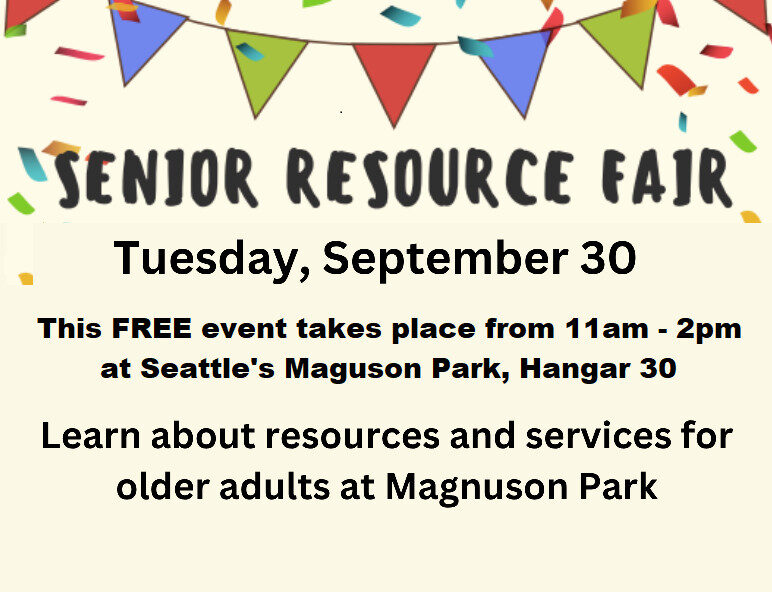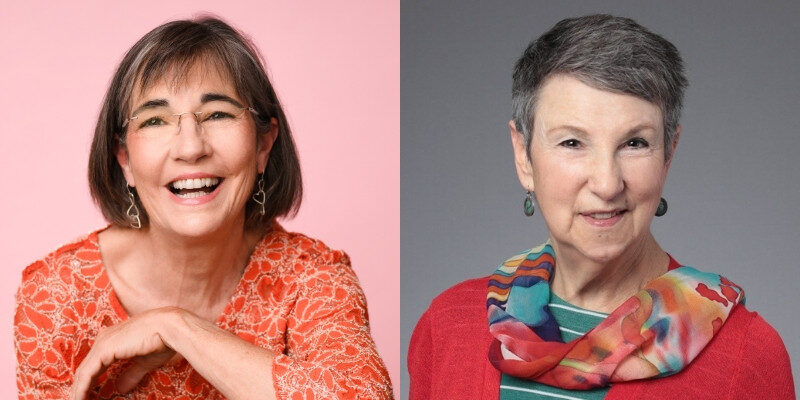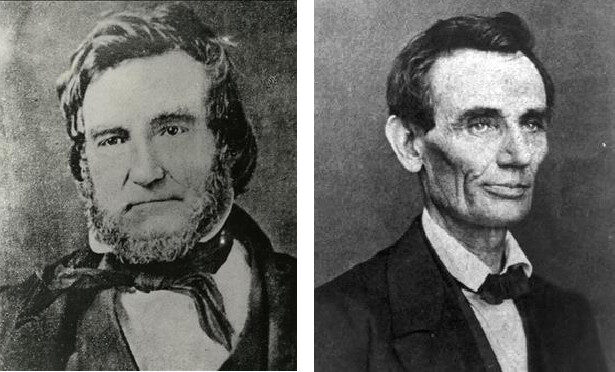Many older adults may be missing out on a wide range of programs and services that could help them meet their needs or assist their aging loved ones, according to a new study.
The National Poll on Healthy Aging, based at the University of Michigan, showed most older adults don’t know about important public resources for older adults and their caregivers, either by name or general description.
“An awareness of resources for older adults and caregivers can be critically important, especially for the majority of U.S. older adults who hope to age in place. Often people do not know where they can turn for help or that help even exists, and then find themselves seeking services that they really needed yesterday during times of crisis,” said Erica Solway, who is the deputy director of the poll, which is based at the U-M Institute for Healthcare Policy and Innovation.
The poll asked more than 4,000 adults over age 50 about their awareness and use of Area Agencies on Aging (AAAs), State Health Insurance Assistance Programs (SHIPs) for navigating Medicare, and their options for long term services and supports (LTSS), should they need them. Only a small minority (under 10%) said they had used these programs or knew much about them.
Since many of these programs go by different names at the local, regional or state level, the poll questions also included a general description. Only 7% of respondents said they had used their AAA’s services, 4% said they had used a SHIP program’s services, and 3% said they knew much about LTSS options.
One in four U.S. adults age 50 and older (26%) were familiar with AAAs but had never used them, and 21% were familiar with SHIPs but had never used them. The poll showed that 67% of U.S. residents over age 50 weren’t familiar with AAAs, 75% weren’t aware of SHIPs, and 88% said they didn’t know anything, or knew very little, about their options for receiving LTSS if they needed them.
“Some people think that these resources do not apply to them, assume they are ineligible, or are concerned that there are others who may be in greater need. The reality is that these programs and services were developed to help older adults and people with disabilities and for their caregivers,” said Solway.
Poll respondents who were age 65 or older were more likely to be familiar with AAAs and SHIPs than those age 50 to 64, whether or not they had used the service. In all, 37% of those over 65 were familiar with AAAs, versus 29% of those age 50 to 65, and for SHIPs 31% of the older group said they were familiar, compared with 20% of the younger group. Even among those over age 65 who were aware of these services, most had not used them. Only 9% of people over 65 had used their AAA’s services and only 5% had used SHIP services.
“Familiarity with the options for long-term services and support can help people to be better informed and prepared and can relieve the sense of overwhelm that can come with navigating the array of services when they or their loved ones need them,” said Solway.
Overall, the poll’s findings suggest a need for more efforts to build awareness about how older adults and their caregivers can access the services available to them. Many such programs are supported by state and federal tax dollars. “Our poll points to a gap between the resources that exist and what older adults know is available to help them navigate their choices as they age or care for others,” said Solway.
The federal government’s Eldercare Locator site (eldercare.acl.gov) may be the best place to start the process of finding services. Another gateway service for finding programs for older adults and people with disabilities is the Benefits Checkup website run by the National Council on Aging, a nonprofit organization (benefitscheckup.org).
“Even if people don’t know these programs by name, it appears that states and nonprofits could do more to spread general awareness of websites and hotlines that can act as gateways to the full array of services each person might qualify for,” said Solway. “Often, members of the public seek these services for themselves or others in times of crisis. So, the message that support is available, and how to find it when it’s needed, could help people plan.”
Navigating the array of services and programs available can be daunting, which makes awareness efforts about how to get help even more important, according to the researchers. Some services have income-based, geographic, or demographic eligibility limits to receive them. Others are available to any older adult or caregiver for older adults. “Knowing that they exist and reaching out to learn more can be highly valuable and can serve to connect people with essential services that are critical for their health and well-being,” said Solway.
The SHIP program is open to anyone who qualifies for Medicare because of age or disability, and offers help at the local level. SHIP is independent of any private insurance company or brokers involved in Medicare Advantage plans. Each state has its own SHIP program; the national website http://www.shiphelp.org and phone number (1-877-839-2675) makes it easy to find them.
SHIPs can be very helpful to anyone who wants to review their Medicare options ahead of or during the annual Open Enrollment period that runs from October 15 through December 7. Such a review can help determine if switching plans within Medicare Advantage, or between Medicare Advantage and traditional Medicare, would save on out-of-pocket costs and premiums. People can also seek SHIP services any time during the year, for instance when approaching Medicare enrollment age or anticipating retiring from a job that provides health insurance.
As for Area Agencies on Aging, Solway notes that there are more than 600 AAAs across the country, receiving federal and often state funding, but operating under different names in different geographical areas. A number of similar organizations serving Native American tribal communities receive direct federal funding for services to older adults.
AAAs often act as connectors that help older adults and caregivers find local help such as food programs, transportation, adult day care, in-home care, legal help and household help. They may offer services to reduce isolation, classes for wellness and exercise, and assistance with finding housing options or making an older adult’s home safer to stay in.
John Schieszer is an award-winning national journalist and radio and podcast broadcaster of The Medical Minute. He can be reached at medicalminutes@gmail.com

















